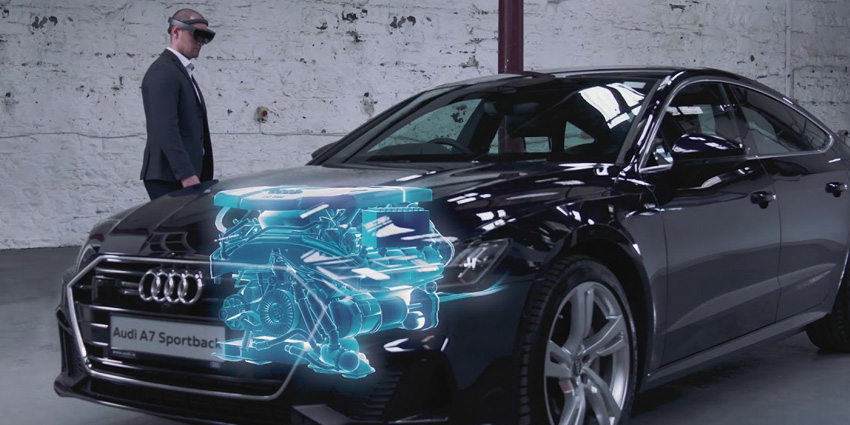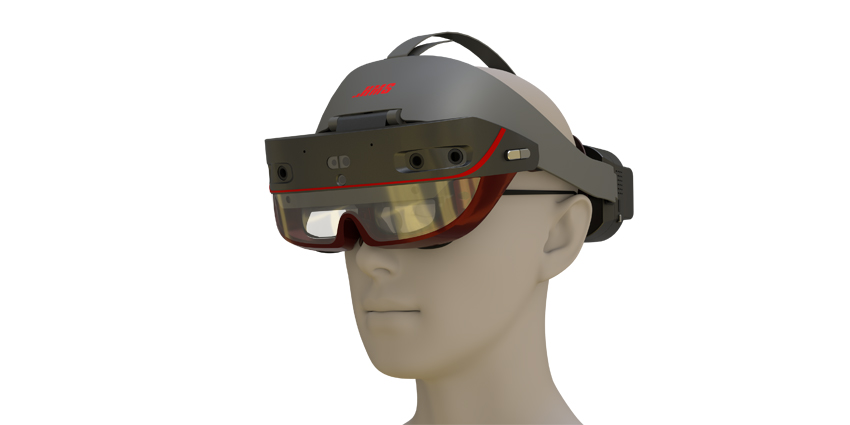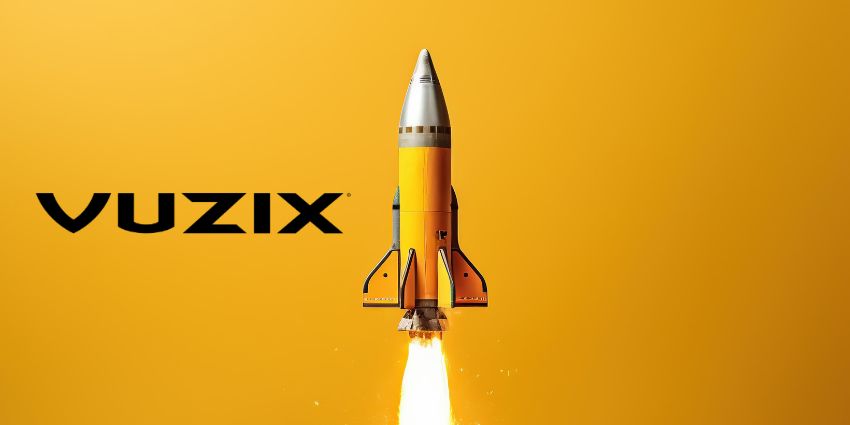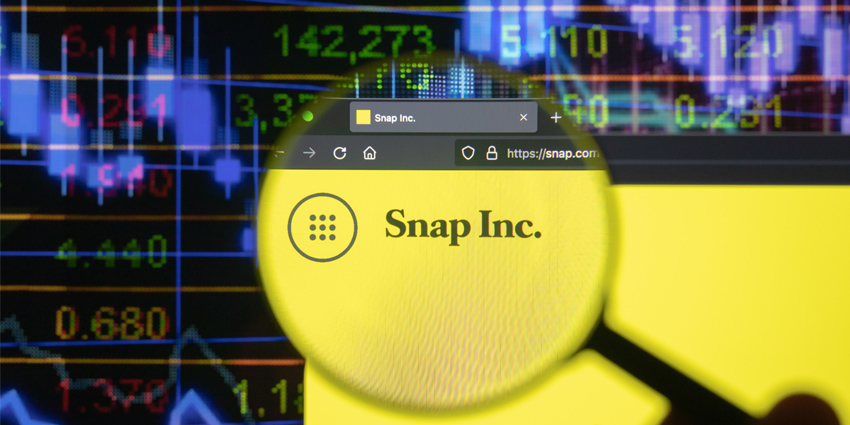Leading automobile company Audi recently announced that it would be turning to Augmented Reality technology to improve its logistics strategy. According to the company, the use of virtual three-dimensional holograms will help planners and manufacturers to better evaluate the design of vehicles, and lead to improved operations in the future.
The rise of AR in the business landscape means that companies from all backgrounds can experiment with different designs and materials, without having to worry about waste or expense. Prototypes of equipment and containers which have been elaborate and difficult to produce before now aren’t necessary in the world of AR. Currently, Audi is using the latest generation of the Microsoft HoloLens 2 to enable its AR strategy.
Updating Logistics Planning with LayAR
The LayAR system for augmented reality and “layout” supports the logistics planners of Audi when establishing new logistics structures in an existing hall for production. The pioneering software embraces existing CAD technology for objects like parts and containers. With LayAR, the company can then visualize digital twins as three-dimensional holograms and project them in life-size.
Lately, AR devices have become a permanent part of the toolbox for logistics planners. Their work is increasingly becoming more efficient and can even begin at a much earlier stage. For instance, experts in the body shop in Ingolstadt are already planning on using machine tech to create an innovative system of transport that requires no driver. The LayAR technology will also help to produce electric vehicles within the main production plant.
AR is emerging as a valuable tool for visualizing production strategies and recognising problems early. The same images are available to see on multiple devices at once through the synchronization of tools, and a user can even interact with the digital objects using gesture controls.
All the while, everyone in the augmented reality group can see changes occurring in real-time. Sharing images and information makes it easier for teams all over the world to work together, despite geographical borders.
Producing New Technology with AR
Supply Chain planning project teams for Audi have already tested the software with Viscopic for several months before rolling it out to the wider team. The tech is now being used during planning workshops, presentations, and office discussions. LayAR also makes it possible for planners to create smaller versions of the production hall and project them onto a desk.
Virtual tools support the precise measurements of areas and distances in holographic images, and it’s possible to sync changes to the physical hall with the virtual creation in a matter of seconds. All participating employees can wort with the same environment at the same time.
Elsewhere, Audi is using mixed reality in its product communications for virtual exhibits and has leveraged this technology for years to visualize technical processes and explain complicated technology to journalists. The animations available come from CAD data and are presented using HoloLens devices in events.







